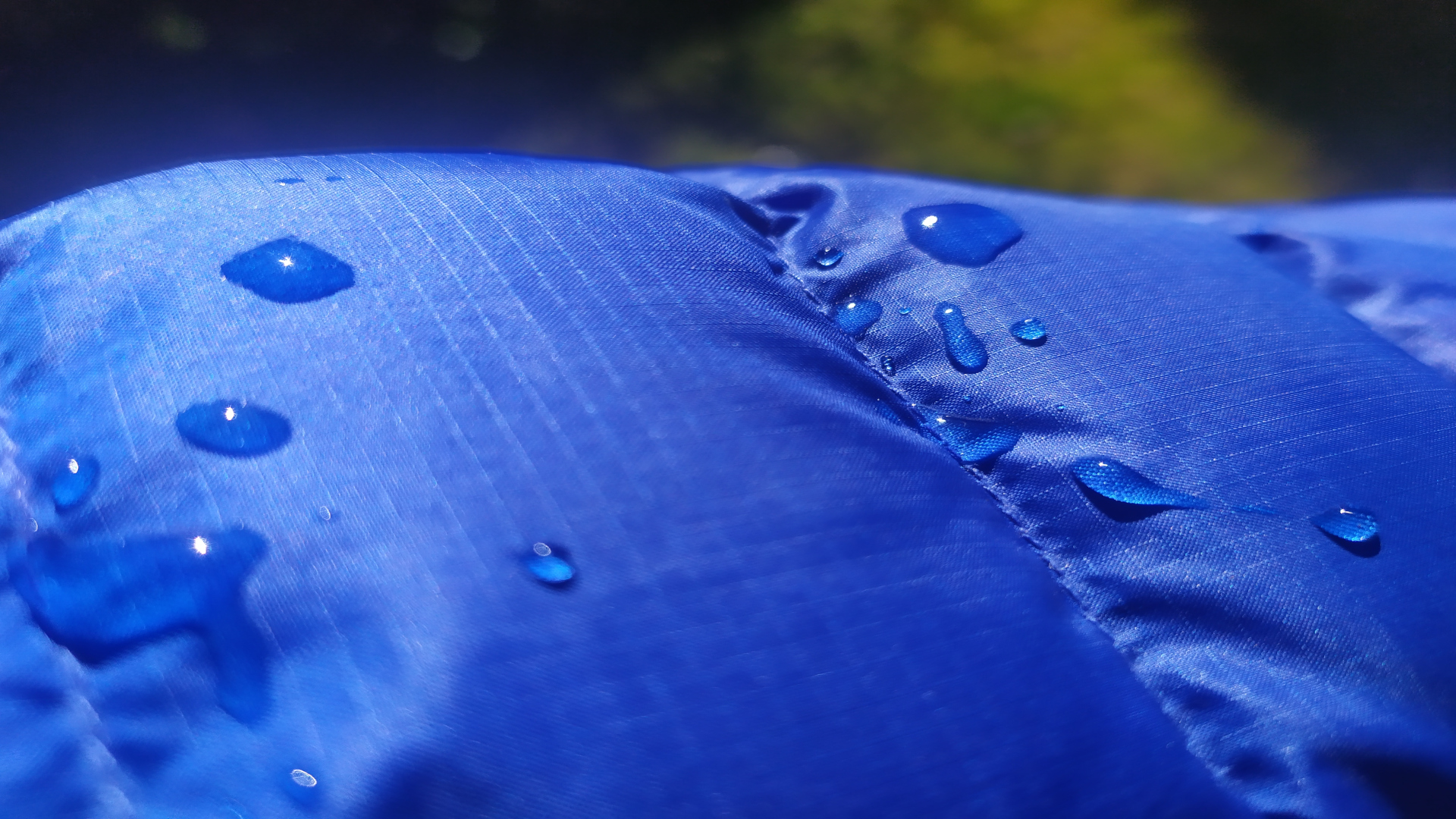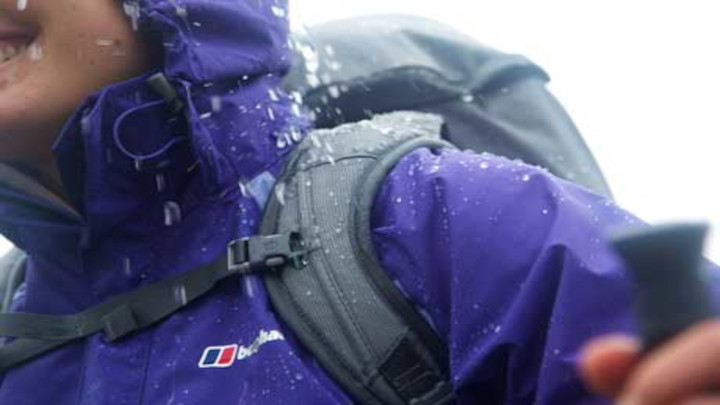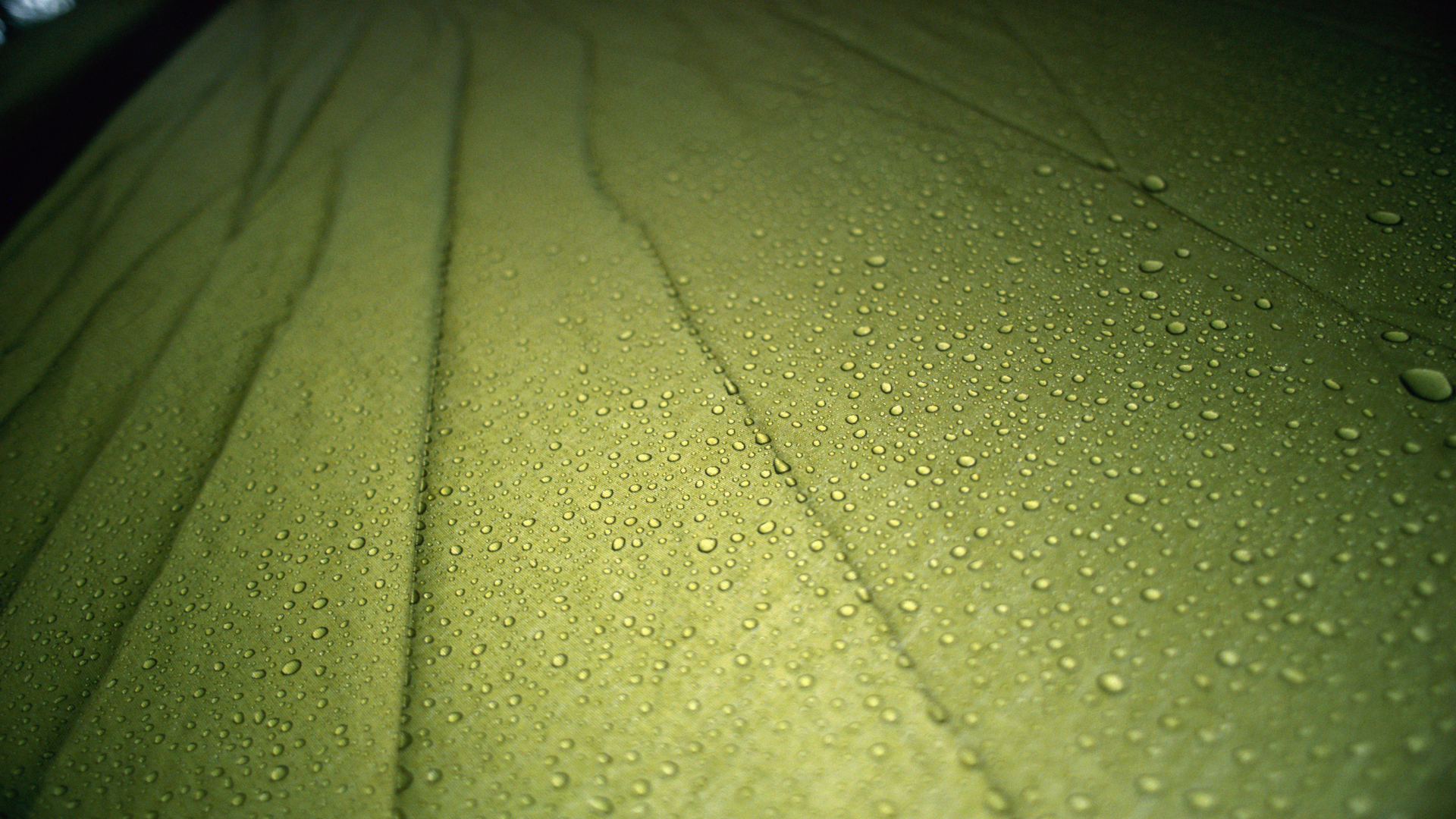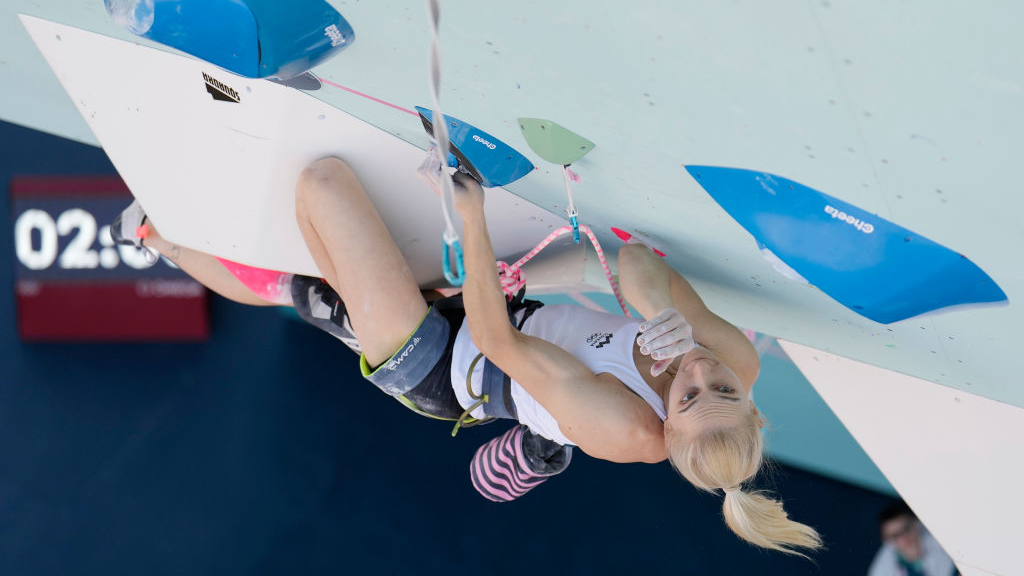What is DWR? Durable water repellency explained
DWR is a term that every outdoorsperson has come across. But what is DWR and what does it add to your wet-weather gear? This post explains all

These days, buyers in the market for outdoor door gear could be forgiven for thinking that they need a 50-page glossary of terms or a Ph.D. in something smart and sciency to make sense of all the exotic terminology and endless acronyms attached to product specifications and descriptions.
One such term is the rather stodgy-sounding and nowadays ubiquitous “durable water repellency”, aka DWR. If you’ve ever trawled the stores or sites of online retailers for anything from the best waterproof jackets to best tents or best gaiters for wet-weather adventures, you’ve probably come across the term before. But what is DWR? And do you need it?
In this post, we’ll answer both of these questions and provide further insights into the workings and usefulness of DWR.
What is DWR?
What is DWR? The short answer
DWR coatings are chemical treatments applied to the face fabric of garments, tents, and sleeping bags to make them hydrophobic (water resistant). In a few words, the treatments make water bead up on the surface of the fabric by increasing the angle of contact between the fabric and the moisture. A low contact angle between moisture and fabric allows the liquid to spread across the surface of the fabric and soak through, but with a high contact angle, the moisture “beads up” as a droplet and rolls off the surface before it can saturate the weave.

Do you need DWR?
As with all outdoor technologies, whether or not you need DWR depends on what you’re doing. However, if what you’re doing involves venturing far from home in wet conditions, the answer to the above is an unequivocal “yes.”
DWR is particularly useful in two scenarios: as a “first line of defense” on waterproof jackets and pants and as a “just in case” add-on to garments or pieces of gear whose main purpose is not keeping you dry but which may come into contact with H20 in the course of a day on the trails or a night camping.
Let’s unpack that a little…
Advnture Newsletter
All the latest inspiration, tips and guides to help you plan your next Advnture!
With shell layers, DWR coatings take some of the onus off the waterproof membrane by helping to prevent rainfall saturating the face fabric. In very wet conditions this could make the difference between staying dry and springing leaks, and it also helps the fabric maintain breathability.
With non-waterproof gear such as softshell jackets or hiking pants, the addition of a DWR finish makes the jacket and pants a little more versatile, saving you from having to change into your rain jacket or rain pants in light rain showers or in quite so much of a hurry when the heavens really open.
As a general rule, the best sleeping bags and tent inners all use a DWR coating to prevent saturation by condensation.

What is DWR?: DWR ratings
While not always included in product specifications, DWR ratings can help to give you an idea of how effective the DWR treatment on any garment will be and also how long it will last.
DWR ratings are determined using a test that measures the amount of water that remains on the fabric after the water is sprayed onto the surface. Ratings contain two numbers, one that refers to the effectiveness of the treatment and one that refers to its durability.
Effectiveness is determined by the percentage of fabric that remains dry after spraying, e.g. if 90% of the fabric is dry after spraying, the effectiveness rating is 90.
Durability is gauged by repeating the spray test after a certain number of washes. For example, a rating of 90/10 demonstrates that the fabric remained 90% dry in the spray test after 10 washes.
Simply put, the higher the figures, the more durable and effective the DWR treatment is.
DWR maintenance and reapplication
Dirt, sweat, abrasion, body oils, and weather exposure can reduce the effectiveness of DWR over time. After a certain number of uses and washes, therefore, DWR-coated garments need a little TLC to maintain their ability to keep you dry. If you notice that liquid is no longer beading up on the surface of your DWR-coated gear or garments, you can rejuvenate the DWR with spray-on treatments like Nikwax TX Direct Spray-On or Rivivex, or with or wash-in treatments like Nikwax TX Direct Wash-In.
Former Advnture editor Kieran is a climber, mountaineer, and author who divides his time between the Italian Alps, the US, and his native Scotland.
He has climbed a handful of 6000ers in the Himalayas, 4000ers in the Alps, 14ers in the US, and loves nothing more than a good long-distance wander in the wilderness. He climbs when he should be writing, writes when he should be sleeping, has fun always.
Kieran is the author of 'Climbing the Walls', an exploration of the mental health benefits of climbing, mountaineering, and the great outdoors.

